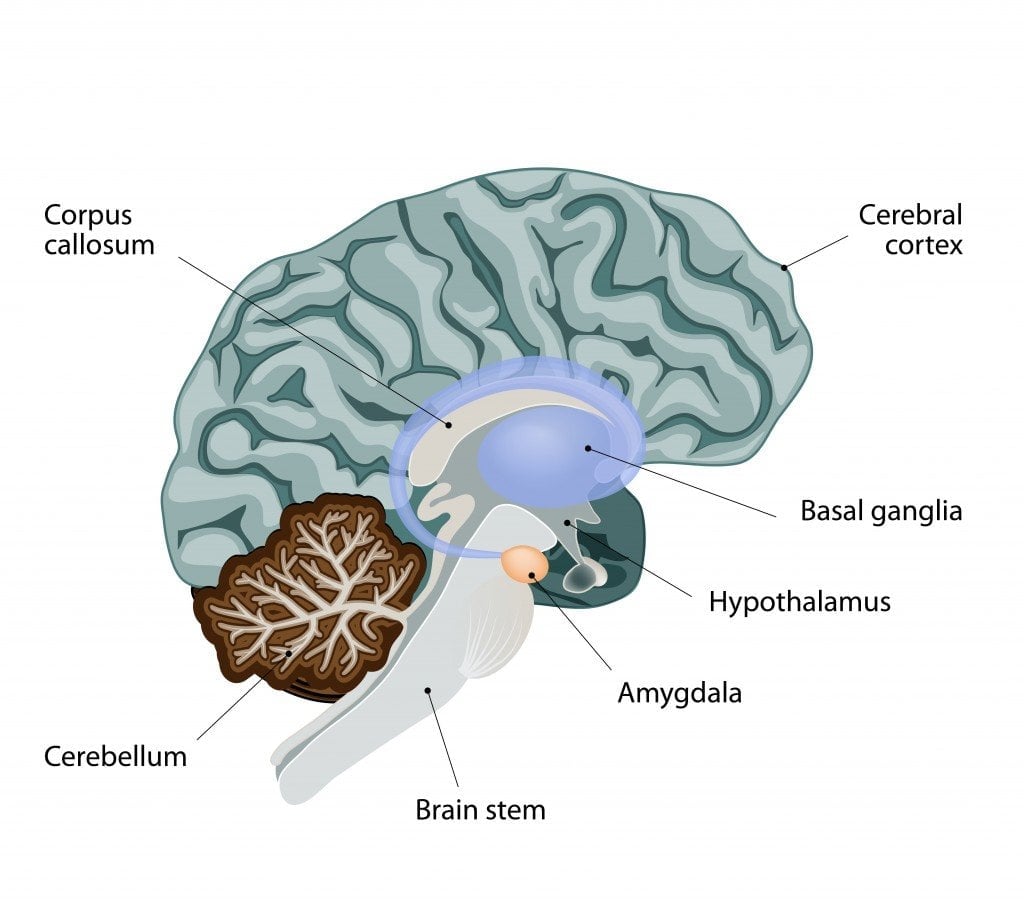Getting chills from music is not as common as you might think. Researchers from USC released a study that suggests that only about 50 percent of people feel things like shivers, a lump in their throat, and goosebumps when they listen to music.
These people might have very different brains than those who don’t experience those feelings.
Alissa Der Sarkissian, a research assistant at USC’s Brain and Creativity Institute, has an unusual reaction to Radiohead’s song ‘Nude.’ She describes her breathing syncing with the melody, her heartbeat slowing, and her deepening consciousness of the music.
Intrigued by these experiences, Matthew Sachs, a former Harvard student studying psychology and neuroscience at USC, investigated the phenomenon of getting goosebumps from music.
Exploring Goosebumps and Music
Sachs conducted a study with 20 student participants, half of whom reported experiencing goosebumps during music listening.
Whenever the participants felt a chill, they pressed a button. All 20 were then given MRI scans — and the 10 that reported reactions were apparent standouts. Their brains turned out to have a much higher volume of fibers connecting their auditory cortex to the areas that process emotion.
He examined their brain activity, heart rates, and skin conductance while they listened to three songs of their choice. From this study, Sachs developed an equation: Pgoosebumps = CF (Sc + Id + Ap), which represents the likelihood of experiencing goosebumps.
CF represents cognitive factors, Sc denotes social and environmental context, Id stands for individual differences, and Ap signifies the acoustic properties of the music.
Understanding the Mechanisms: Emotional Intensity and More
Sachs’s research suggests that individuals who experience goosebumps from music tend to feel emotions more intensely.
Factors such as music-associated memories, powerful lyrics, pitch variation, harmony intervals, and group singing also contribute to the goosebumps phenomenon. Sachs acknowledges that his lab setting couldn’t control all variables, particularly the triggering effect of music-related memories.

Ongoing Research and Future Implications
This study might shed light on the causes of the phenomenon, but it’s been well-documented for years. The phenomenon of chills or goosebumps that come from a piece of music (or from any other aesthetic experience) is called frisson, and it’s been one of the big mysteries of human nature since it was first described.
While the initial study involved a small sample size, Sachs is now expanding his research to explore the various brain mechanisms involved in these reactions.

He seeks to unravel the neurological underpinnings behind the emotional responses to specific arrangements of musical notes.
Ultimately, Sachs aims to apply this knowledge to help patients with mental health disorders, utilizing music as a potential therapeutic tool.


